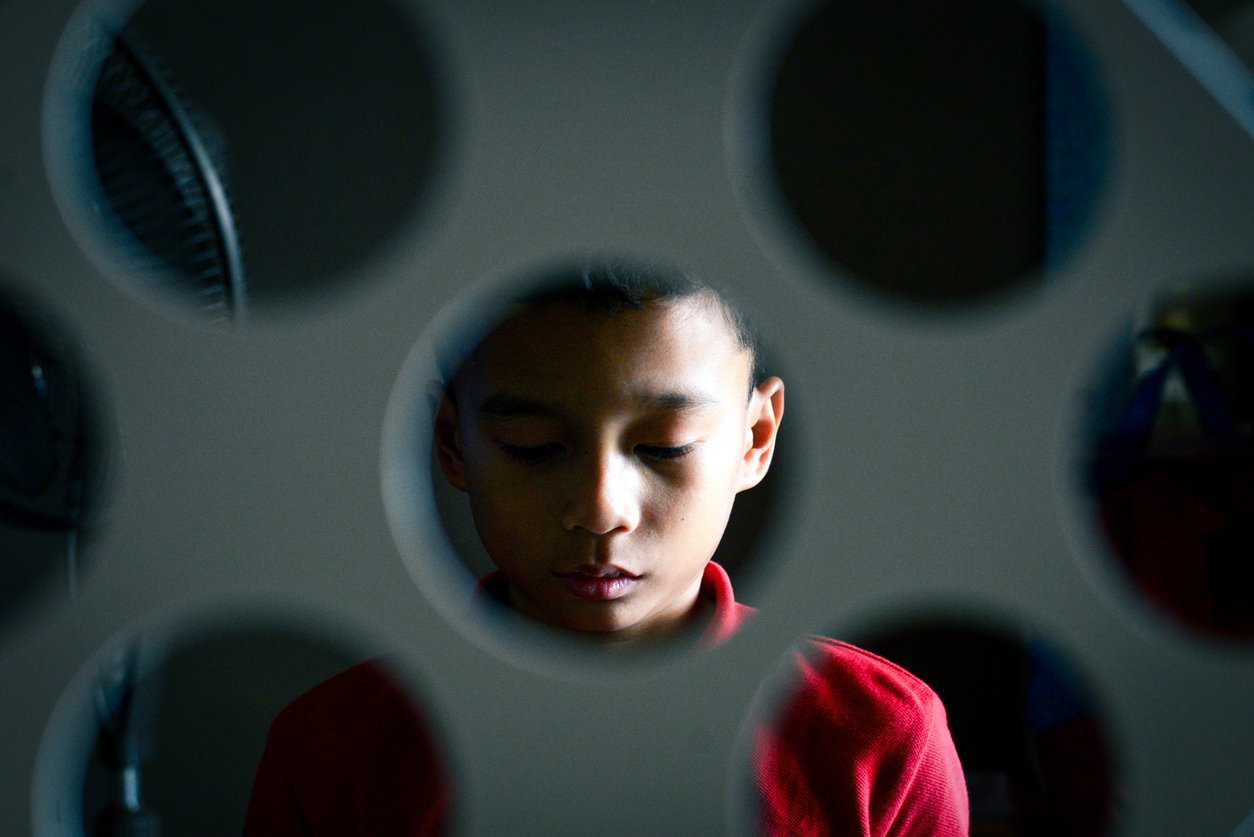By SEN Parent Support Group: Founder – Andrea Dixon-Boldy
In the quiet corners of our schools behind closed doors, in “reset rooms,” “calm spaces,” or “consequence booths” a troubling practice is unfolding. It’s called internal exclusion. And thanks to new data from the BeeWell study, we now have the numbers to back up what many families have been saying for years: this isn’t behaviour management. It’s systemic harm.
What the Data Reveals
The study analysed responses from over 34,000 pupils across 121 secondary schools in Greater Manchester. The findings are stark:
- 8.3% of pupils are placed in isolation at least once a week. (over 2,800+ pupils per week)
- On average, these pupils lose 8.44 hours of learning time weekly, more than a full school day.
- Internal exclusion is disproportionately applied to:
- Pupils with SEND
- Those eligible for free school meals
- LGBTQ+ youth
- Children from minoritised ethnic groups
- Those living in deprived neighbourhoods
Even after adjusting for behavioural difficulties, these groups are still more likely to be isolated. That’s not discipline – it’s discrimination!
The Emotional Cost
Isolation isn’t just a physical relocation. It’s a relational rupture. The study found that pupils who experience internal exclusion report:
- Lower school belonging
- Weaker relationships with staff
- For girls, a measurable decline in mental wellbeing
Young people describe it as dehumanising, lonely, and traumatic. One pupil said, “It felt like being a dog in a cage.” Another shared, “It’s frustrating, having no say.” These aren’t just anecdotes they’re evidence of a practice that undermines dignity and connection.
Unregulated and Unaccountable
Unlike suspensions or permanent exclusions, internal exclusion isn’t tracked nationally. It should be in our opinion as it would highlight to the Department of Education (DofE) how SEND or any other need is being discriminated against on a daily basis! Currently there are no official statistics. No oversight. The DofE leaves it to individual schools to decide how long a pupil stays in isolation and what happens while they’re there. This alone can be where the damage and Mental Health decline commence where a pupil feels unseen, unheard or misunderstood!
This lack of regulation means families often don’t know it’s happening or how often. And when they do, they’re met with vague policies, euphemistic language, and a wall of silence or worse “we do not see, what you see” which is a phrase often used for SEND children which negates the need for the Graduated Assess Plan Do Review process under the SEND Code of Practice 2015.
What Needs to Change
Internal exclusion is often framed as a preventive measure a way to avoid suspension. But the data shows otherwise: schools with higher suspension rates are more likely to use isolation. It’s not preventing exclusion. It’s entrenching it. Without quantification this is a one way street to no accountability and permanent exclusion – especially for those with denied SEND acknowledgement because this often blocks the pathway to being understood! With the new SEND Reform and the suggestion that Schools will take on further assessment pathways then this is a sure pathway to even more systematic failures. The cost – our Children and Young People and their long term Mental Health!
From a trauma-informed and neurodivergent lens, this practice is especially damaging. It strips away agency, predictability, and relational safety key pillars of emotional regulation and learning.
We need lawful, compassionate alternatives that honour children’s rights and support their development. That means:
- Transparent behaviour policies – amended for SEND
- Relational approaches to regulation
- Trauma-informed reintegration plans
- Statutory compliance for SEND provision
Resources to Help You Push Back
If your child is being placed in isolation, you are not totally powerless. We’ve created resources to help you challenge unlawful practices and advocate for lawful, strengths-based support:
Join us here alongside 23k other SEN Parents – SEN Parent Support Group
- Understand the law around Exclusion and Sanctions with this visual guide
- LETTER: Failure To Make Reasonable Adjustments Discrimination – SEN Parent Support Group
- Letter: Complaint When School Ignores EHCP
- LETTER: To School Requesting Commencement of APDR Cycle – SEN Parent Support Group
- Trauma-Informed Reintegration Guide
- APDR Advocacy Templates
These tools are designed to help you name what’s happening, assert your child’s rights, and demand better.
Internal exclusion is a symptom of a deeper problem: a system that prioritises control over connection. But families are rising. We’re naming the harm. We’re building communities of truth-telling and advocacy. And we’re demanding a future where every child belongs.
Let’s keep going. Remember these are simply one area within the UK. This is happening everyday, in every school to hundreds and thousands of children/YP. Is this happening to your child?
Understanding SEND
Communicating With School
All Things EHCP
- LETTER: To LA When Annual Review Draft Has Not Been Received
- RESOURCE: EHCP Draft – SEN Parental Checklist
- GUIDANCE: Educational Psychologist Directives Whilst Assessing For EHCPNA
- RESOURCE: Refusal To Issue EHCP – What To Do Next
- LETTER: To The LA When They Have Not Confirmed Needs Assessment Within Statutory Timeframe
Attendance, Exclusions & Sanctions
- GUIDANCE: Exclusions Fixed Term or Permanent
- LETTER: To School When They Fail To Progress After Part Time Time-Table
- VLOG: How To Communicate To Prevent The Threat of Fines!
- GUIDANCE: Government Guidance on Suspension/Exclusion – England
- RESOURCE: Parent Admin – Spreadsheet for recording school events.









